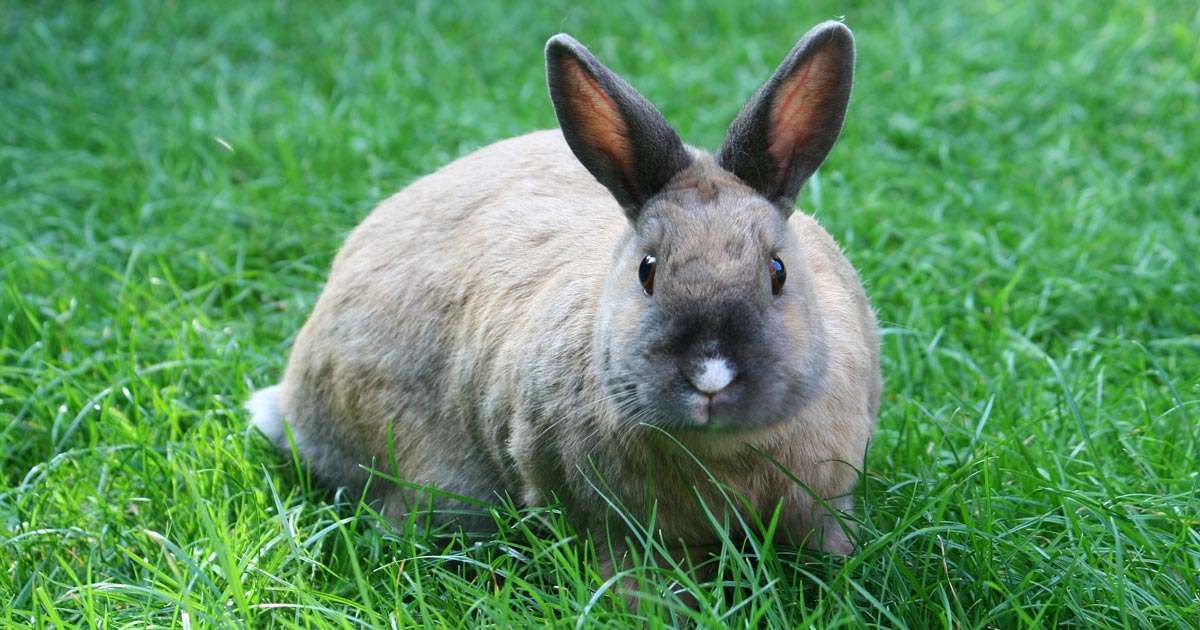Almost one in every two pet rabbits presenting with cutaneous myiasis (fly strike) died or were euthanised, according to the most extensive survey undertaken into the disease of the third most popular companion animal in the UK.
Researchers at the University of Liverpool Small Animal Veterinary Surveillance Network (SAVSNET) used text-mining to screen electronic health records from a sentinel network of 389 vet practices in Great Britain between March 2014 and April 2017 for confirmed cases of fly strike in rabbits.
The authors said: “In Great Britain, Lucilia sericata [green bottle fly] is the primary causative species. Despite its severity, there has been minimal investigatory work into the disease in rabbits.”
Key findings
Key findings were:
- 44.7% of rabbits presenting with fly strike died or were euthanised.
- Entire female rabbits showed 3.3 times greater odds of being a case than neutered females.
- Rabbits aged five years or older were more than 3.8 times likely to present.
- For every 1°C rise in environmental temperature between 4.67°C and 17.68°C, a 33% increased risk of fly strike occurred, with cases peaking in July or August.
- Overall fly strike cases started earlier and peaked higher in the south of Great Britain.
- The most northerly latitude studied was at lower risk of fly strike than the most southerly.
- No significant relationship appeared between fly strike in rabbits and either the sheep density or rural and urban land coverage types.
The Pet Food Manufacturers’ Association pet population figures for 2018 indicated more than 900,000 pet rabbits (2% of UK households) were kept in 2017.
‘Neglected’
One SAVSNET report author, Alan Radford – reader in infection biology at the University of Liverpool – said: “Rabbits are the third most popular pet in the UK, but probably the most neglected in terms of research into companion animals. Also, many owners just aren’t aware of their needs.
“Fly strike is a really important disease of rabbits because it represents a huge welfare problem, as rabbits often end up dying, and there’s a lot we can do to prevent that.
“The first part of prevention is understanding which rabbits are most likely to get fly strike and when. That’s what this paper does.”
- Read the full story in the 4 June issue of Veterinary Times.

Leave a Reply